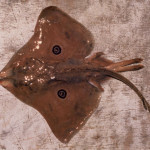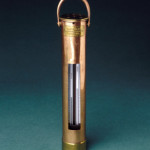
…it looks like I could put my knowledge to use sneaking drugs out of Colombia.
In the annals of the drug trade, traffickers have swallowed cocaine pellets, dissolved the powder into ceramics and flown the drug as far as Africa on flimsy planes — anything to elude detection and get a lucrative product to market. Now, the cartels seem to be increasingly going beneath the waves, relying on submarines built in clandestine jungle shipyards to move tons of cocaine.






They make it sound so easy to build a sub. Maybe DSN should practice on this.
Actually they’re not subs at all. The article calls them submersibles but they’re really semi-submersibles (or at least the ones that the article describes). They’re similar to some of the ships used during our Civil War when actual submarines were sometimes considered risky, like the Hunley. Though they pick up the advantage of drastically reducing the silhouette when in this partially submerged mode.
From what I’m reading it looks like these guys are making them well enough and actually have a good clue about naval architecture, they even have some Russian naval engineers working for them. So i wouldn’t be surprised to see in the near future actual submarines being produced in these jungle shipyards. Though, with the fiberglass hulls the smugglers are currently ahead of the measure/countermeasure race with the authorities so there is no need to go that distance yet.
Maybe you guys could have one built to your specs, they apparently only cost $2 mil or so. It’s a deal, of sorts.
Thanks for the info Dave. I’m sure the CIA wouldn’t mind us paying out a cool 2 mil for a submersible to a colombia drug cartel. lol